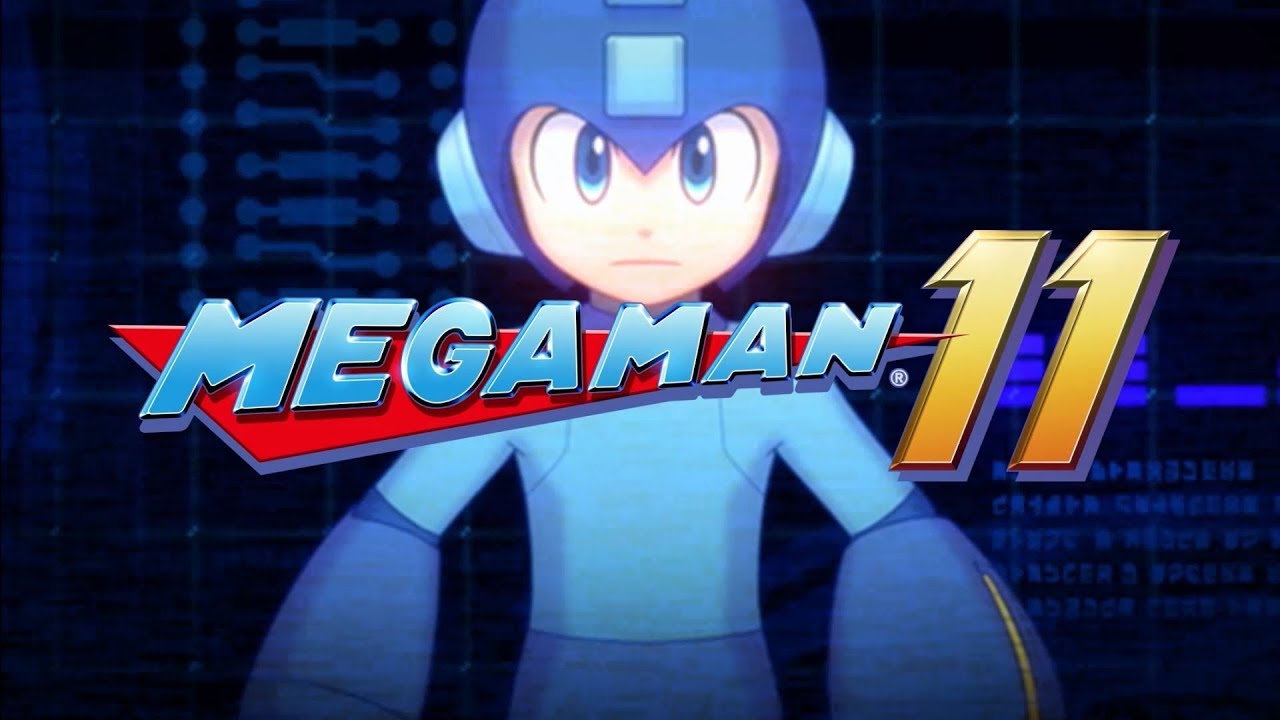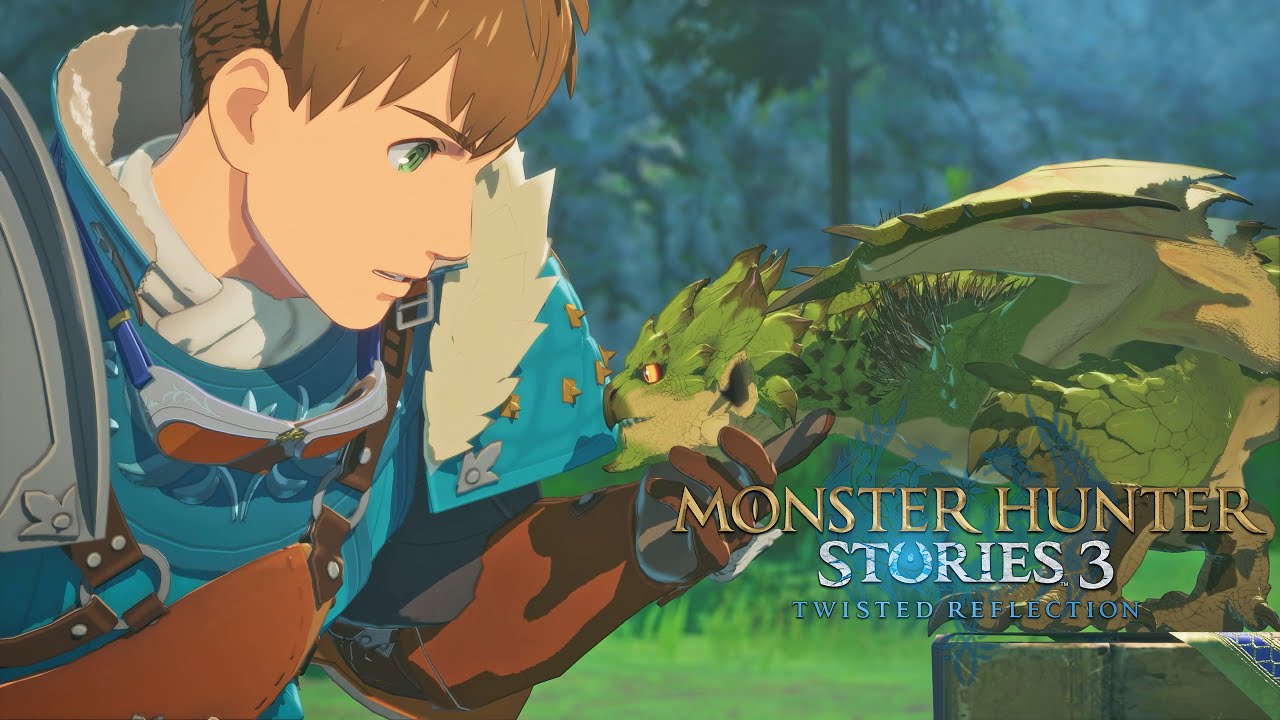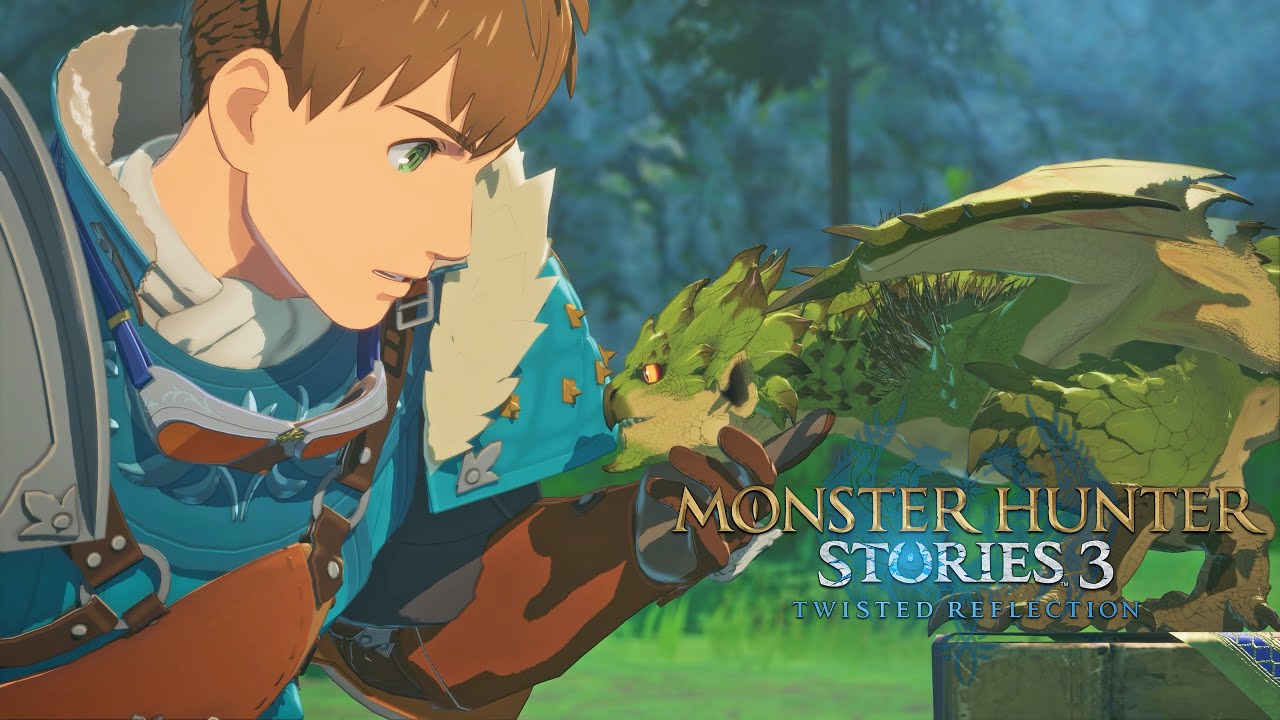With Capcom’s highly anticipated Monster Hunter: Wilds rolling out this week, the gaming industry’s technical specialists at Digital Foundry have released their comprehensive performance analysis of the latest installment in the acclaimed Monster Hunter series.
The detailed breakdown evaluates the game’s graphical and technical prowess across multiple platforms, raising questions—and hopes—about the possibility of a Nintendo Switch 2 port. Since its reveal, Monster Hunter: Wilds has generated excitement for its expansive environments, dynamic weather, and deeper creature AI—elements that push the boundaries of current-generation hardware.
Capcom, well-known for its technical achievements in previous Monster Hunter releases, launches Monster Hunter: Wilds on PlayStation 5 and Xbox Series consoles with visual enhancements that mark another leap for the franchise. Digital Foundry’s recent analysis scrutinizes the Xbox Series S version in detail, revealing key technical compromises compared to the Series X and PlayStation 5 editions.
According to their findings, Monster Hunter: Wilds is limited to a solitary 30fps performance mode on Xbox Series S (with the option to unlock the frame rate for compatible displays).
However, the visual quality takes a notable hit: features such as screen space reflections (SSR) are entirely omitted, textures appear markedly less detailed, and the maximum in-game resolution is capped at 1080p.
Even the game’s user interface is reduced from 4K to 1080p, a visible downgrade for players accustomed to higher fidelity. Despite these sacrifices, performance occasionally dips below the target, with frame rates dropping to around 25fps during demanding gameplay moments.
Digital Foundry notes that even unlocking the frame rate provides minimal improvement, highlighting significant technical constraints. In evaluating a potential Nintendo Switch 2 release, it’s important to remember that the upcoming hardware’s specifications have yet to be officially confirmed by Nintendo.
However, an array of industry leaks and technical analyses suggest the Nintendo Switch 2 may be comparable to the PlayStation 4 Pro in terms of raw capability—possibly bolstered by NVIDIA’s DLSS upscaling technology for enhanced resolutions.
This means that while Switch 2 ports could offer competitive performance in terms of resolution, features like advanced reflections and consistently high frame rates could remain challenging. Capcom’s porting history further tempers expectations.
The developer did not bring Monster Hunter: World to the original Nintendo Switch, citing graphical demands—making a potential Monster Hunter: Wilds port an even more significant technical challenge.
Yet, the rumored hardware improvements in the Switch 2 may finally level the playing field for flagship third-party titles on Nintendo platforms. Monster Hunter: Wilds is shaping up as a showcase of Capcom’s design and technical ambition.
If a Nintendo Switch 2 version does materialize, players may need to accept necessary trade-offs for portable play.
As always, confirmation will depend on official announcements from Capcom and Nintendo, but the conversation around platform parity and third-party support on the next-generation Nintendo hardware continues to be a focal point for fans and industry analysts alike.
The detailed breakdown evaluates the game’s graphical and technical prowess across multiple platforms, raising questions—and hopes—about the possibility of a Nintendo Switch 2 port. Since its reveal, Monster Hunter: Wilds has generated excitement for its expansive environments, dynamic weather, and deeper creature AI—elements that push the boundaries of current-generation hardware.
Capcom, well-known for its technical achievements in previous Monster Hunter releases, launches Monster Hunter: Wilds on PlayStation 5 and Xbox Series consoles with visual enhancements that mark another leap for the franchise. Digital Foundry’s recent analysis scrutinizes the Xbox Series S version in detail, revealing key technical compromises compared to the Series X and PlayStation 5 editions.
According to their findings, Monster Hunter: Wilds is limited to a solitary 30fps performance mode on Xbox Series S (with the option to unlock the frame rate for compatible displays).
However, the visual quality takes a notable hit: features such as screen space reflections (SSR) are entirely omitted, textures appear markedly less detailed, and the maximum in-game resolution is capped at 1080p.
Even the game’s user interface is reduced from 4K to 1080p, a visible downgrade for players accustomed to higher fidelity. Despite these sacrifices, performance occasionally dips below the target, with frame rates dropping to around 25fps during demanding gameplay moments.
Digital Foundry notes that even unlocking the frame rate provides minimal improvement, highlighting significant technical constraints. In evaluating a potential Nintendo Switch 2 release, it’s important to remember that the upcoming hardware’s specifications have yet to be officially confirmed by Nintendo.
However, an array of industry leaks and technical analyses suggest the Nintendo Switch 2 may be comparable to the PlayStation 4 Pro in terms of raw capability—possibly bolstered by NVIDIA’s DLSS upscaling technology for enhanced resolutions.
This means that while Switch 2 ports could offer competitive performance in terms of resolution, features like advanced reflections and consistently high frame rates could remain challenging. Capcom’s porting history further tempers expectations.
The developer did not bring Monster Hunter: World to the original Nintendo Switch, citing graphical demands—making a potential Monster Hunter: Wilds port an even more significant technical challenge.
Yet, the rumored hardware improvements in the Switch 2 may finally level the playing field for flagship third-party titles on Nintendo platforms. Monster Hunter: Wilds is shaping up as a showcase of Capcom’s design and technical ambition.
If a Nintendo Switch 2 version does materialize, players may need to accept necessary trade-offs for portable play.
As always, confirmation will depend on official announcements from Capcom and Nintendo, but the conversation around platform parity and third-party support on the next-generation Nintendo hardware continues to be a focal point for fans and industry analysts alike.






